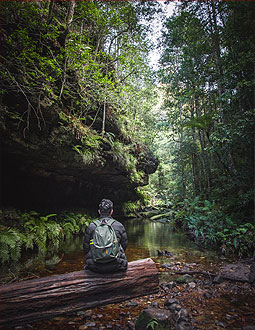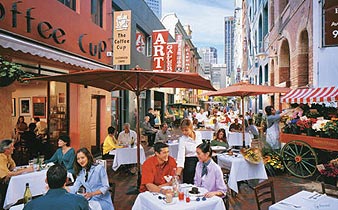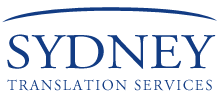Hungarian Brochure Translation
 Translate your brochure, handbook or advertisement from Hungarian to English or English to Hungarian. (See all languages supported)
Translate your brochure, handbook or advertisement from Hungarian to English or English to Hungarian. (See all languages supported)
We are able to help with translation and typeset in Melbourne or wherever you are based through email delivery. With in-house resouces, we provide reasonable rates for translating marketing collateral and respond quickly to change requests. We accept the files that your designers use, such as Photoshop, InDesign and Illustrator, and can typeset the translation in your working files, saving your designers time.
Our language typesetters are able to produce translated brochure(s) for all languages. Our Hungarian brochure translation service ensures that all the elements of the brochure are correctly displayed in the language(s) of your choice.
Contact us to for quality Hungarian translation and Hungarian typesetting services.
- Low price, No hidden fees
- Do Not need original files
- 100% Acceptance Guarantee
- Secure & Easy Submission Process
- Fast and Accurate Translation
- Delivery by E-mail and Post
What Our Customers Say
Many thanks for your prompt help. ”
NAATI Certified Hungarian Translator
Our Hungarian translators are certified, meaning they renew their certification with NAATI at regular intervals as to remain up-to-date and committed to the highest level of competency and currency in the profession.
Service to All Locations
Hungarian Translation and Typesetting
For all Hungarian translation requirements, email us directly at: enquiry@sydneytranslation.com.au or use the form below to upload your documents for review.
Melbourne

Melbourne is the capital and most populous city in the state of Victoria, and the second most populous city in Australia after Sydney. The Melbourne City Centre (also known as the "Central Business District" or "CBD") is the hub of the greater geographical area (or "metropolitan area") and the Census statistical division-of which "Melbourne" is the common name. Melbourne was founded in 1835 (47 years after the European settlement of Australia) by settlers from Launceston in Van Diemen's Land. It was named by Governor of New South Wales Sir Richard Bourke in 1837, in honour of the British Prime Minister of the day, William Lamb, 2nd Viscount Melbourne. During the Victorian gold rush of the 1850s, it was transformed into one of the world's largest and wealthiest cities.
